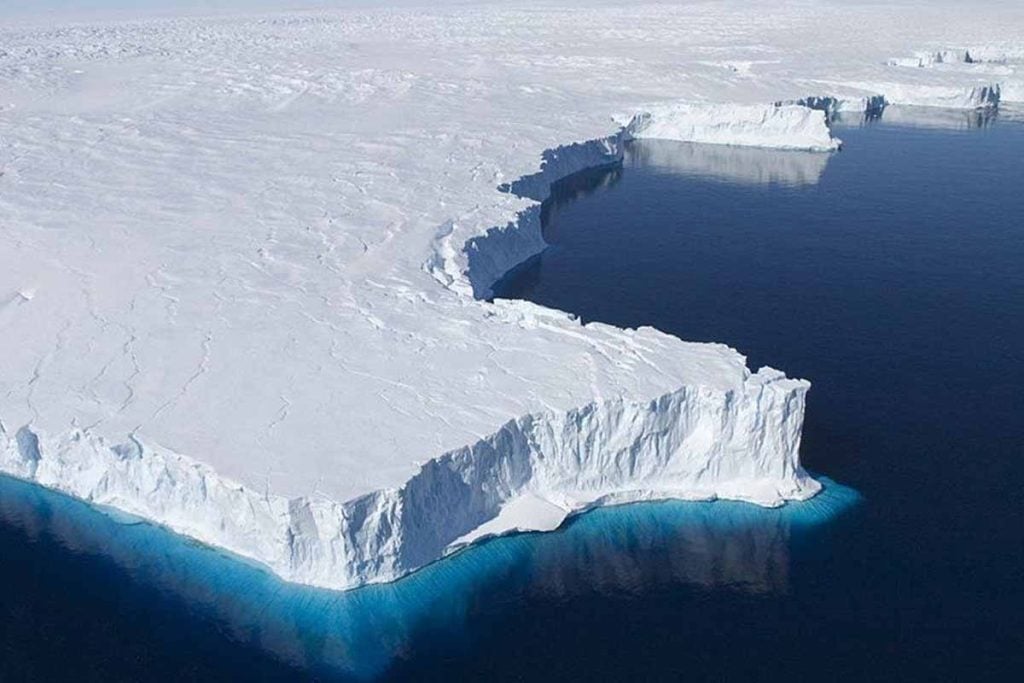A skull surfaced where wind scours blue ice and surf hits basalt, and nothing felt routine. The find jolted timelines, unsettled maps, and reopened questions we thought were sealed. On a remote beach of Antarctica, a young life emerged from sand and salt, hinting at voyages, risk, and stubborn endurance. No ship’s log waited nearby, no plaque or cairn; only bones and algae stains.
A skull on Yámana Beach in 1985
Daniel Torres Navarro, a biology professor at the University of Chile, was gathering marine debris on Yámana Beach. He noticed a cranium, partly uncovered by wind and spray, its surface tinted green by microalgae. Closer inspection revealed two maxillary fragments with solid teeth, yet two central incisors were gone.
He searched the strand again, expecting ribs or vertebrae nearby, and found nothing that day. The skull lay alone, exposed to salt, ice crystals, and abrasive sand that could erase clues fast. Field notes recorded position and condition, because small details vanish quickly in weather like this.
Even in isolation, the find felt heavy, because beach bones on Antarctica challenge neat timelines. No coffin, no clothing, and no hardware suggested a tidy burial; processes here scatter the quiet dead. Navarro secured the remains for analysis, aware that storm seasons could sweep away the scene overnight.
Clues these bones offer about Antarctica
Laboratory work pointed to a young woman whose life likely ended between 1819 and 1825. Dental wear and cranial traits closely suggested a profile consistent with Chilean populations of that period. The range matters because recorded first sighting is, notably, 1820, by Thaddeus von Bellingshausen, a veteran navigator.
If her death fell in 1819, written history would lag her by a season or more. Even at 1825, the presence of a woman here forces questions about who sailed, and why. Researchers later recovered a femur along the beach, suggesting waves and birds spread scattered remains in Antarctica.
Two maxillary fragments with teeth survived while lighter bones vanished rapidly in storms and scavenger traffic. Absence complicates identification, yet it also frames the story: fragments point to movement after death. Investigators mapped positions and distances, treating the shore like a slow archive, rearranged by wind and tide.
How a body reaches shore and scatters
One line of thought involves nineteenth-century sealing crews who worked hard coasts for skins and oil. Severe illness or injury could strand an unwanted passenger when weather ruled decisions. Another path follows burial at sea, a common practice then, with storms returning the dead to surf lines.
Currents bend around islands, meet ice, and push flotsam ashore in bursts that resist tidy mapping. Birds frequenting these beaches pry, tug, and lift, redistributing bone in quick jerks and longer flights. Over weeks, a cranium holds shape, while ribs fragment; location shifts even when people never return to Antarctica.
These mechanics complicate crime tropes because natural forces rearrange evidence until intent looks like chance. Researchers model deposition with wind records and swell periods, building scenarios where sequences make sense. The explanatory power matters less than the humility it teaches: certainty is scarce when the shore edits history.
Old voyaging stories that brush Antarctica
Oral histories in Polynesia describe Hui Te Rangiora sailing south to a fog-cold ocean in the seventh century. A Māori phrase evokes a place “not seen by the sun,” bleak, dark, and laden with drift ice. Scholars debate specifics, yet they agree the imagery fits high latitudes and powerful swells.
Legends do not prove landfall, however they broaden what seems plausible for skilled navigators using stars. Sextants were unknown, yet knowledge of swell trains and birds guided decisions across deep water. Against that background, a beach skull in Antarctica feels less impossible, though evidence still resists neat closure.
Careful readers keep stories and data distinct, because analogies can smuggle certainty where none exists. Researchers cite legends as context, not as proof, and continue to test claims against physical traces. The standard remains simple: independent lines must converge before histories shift more than a cautious step.
What this case teaches about evidence and timelines
After careful searches, investigators concluded that no further skeletal pieces could be confirmed from the beach. That absence matters, because missing bones limit DNA prospects and close paths to biographical detail. Still, careful mapping, lab notes, and context place the remains within a frame that historians can test.
Working here demands patience because storms erase footprints while freeze-thaw fractures fragile surfaces. Team safety, short field windows, and conservation rules shape choices long before analysis begins. Equipment freezes, batteries sag, and notes risk smearing; yet each secure label pulled from Antarctica can outlast weather and remake a timeline.
The story advances when independent checks align: dates, isotopes, tool marks, and shoreline transport models. It stalls, wisely, when leaps outpace facts, because strong claims deserve converging proof. Restraint remains a strength when signals are weak, so meaning survives pressure from desire, quick headlines, and careless certainty.
What this silent witness adds to polar memory
The young woman remains mostly fragment and question, yet care turns fragments into signals, and signals into change. Weather edits, birds scatter, and tides recast scenes, however persistence stacks small certainties. Against that patient work, the beach skull on Antarctica reminds us that exploration is messy, human, and older than tidy lines. What rests today in boxes and logs can still widen maps tomorrow, because good evidence keeps asking better questions.
